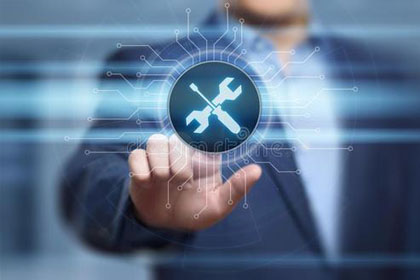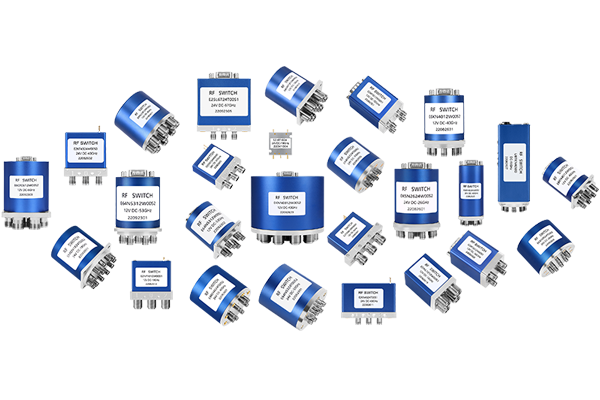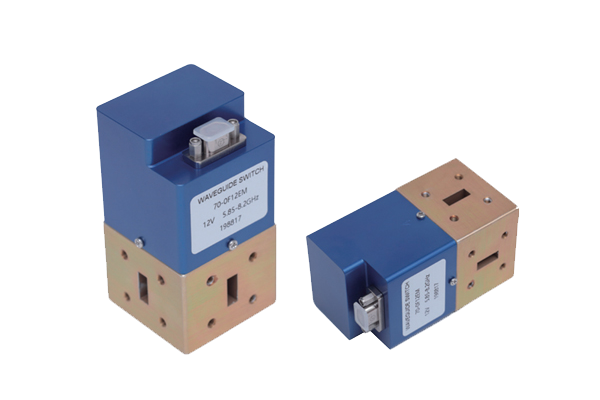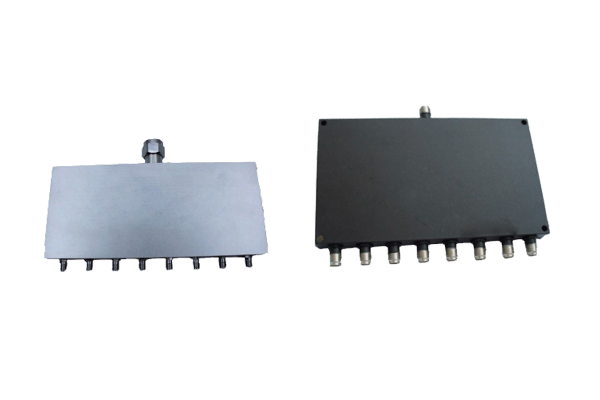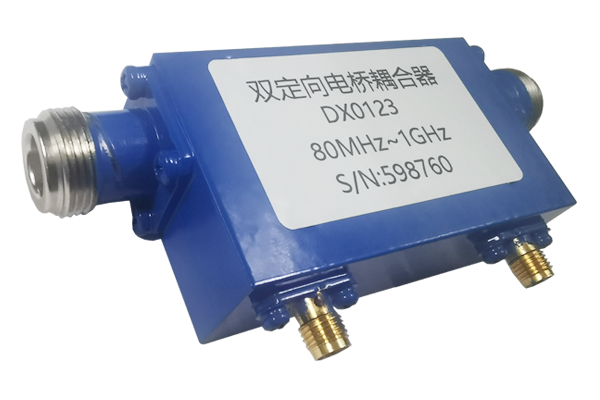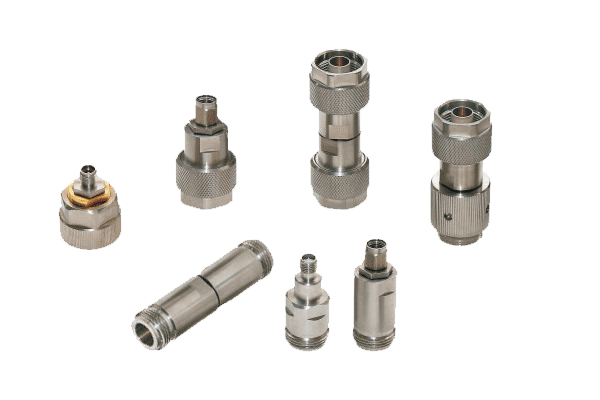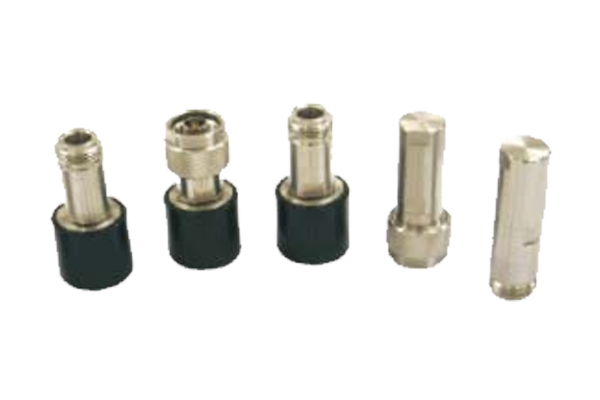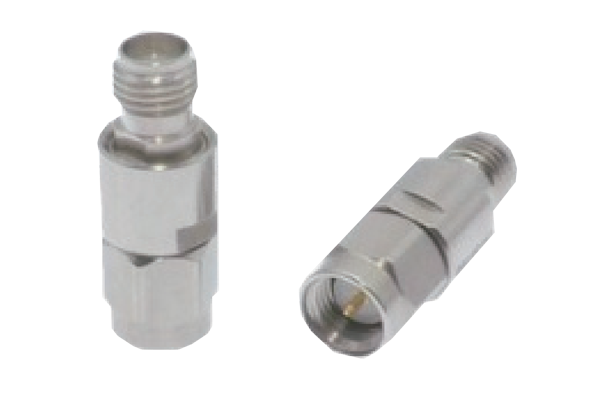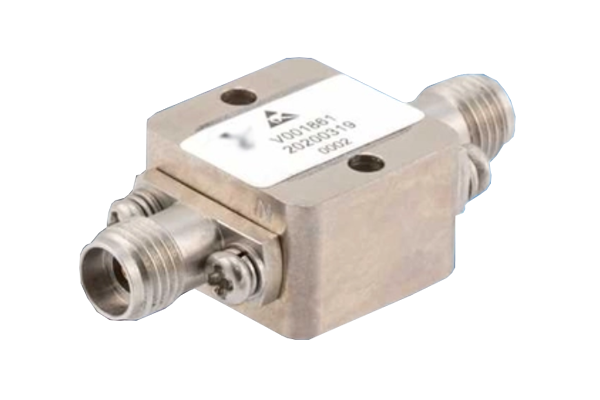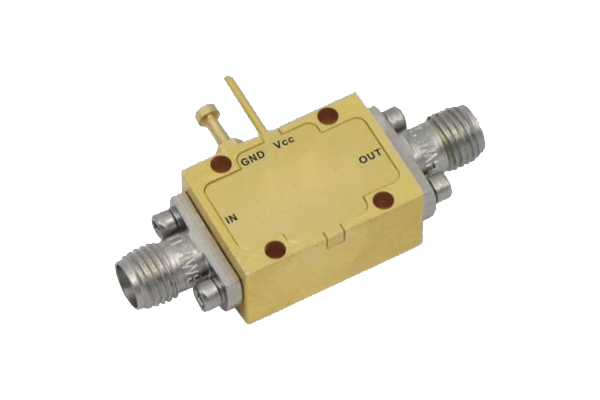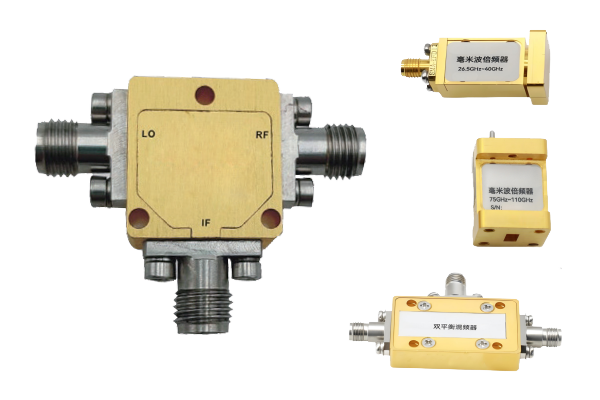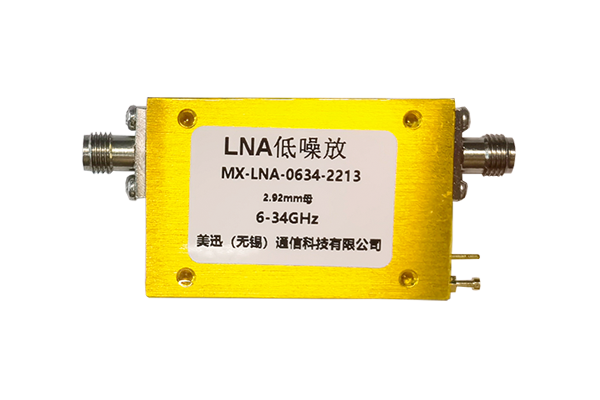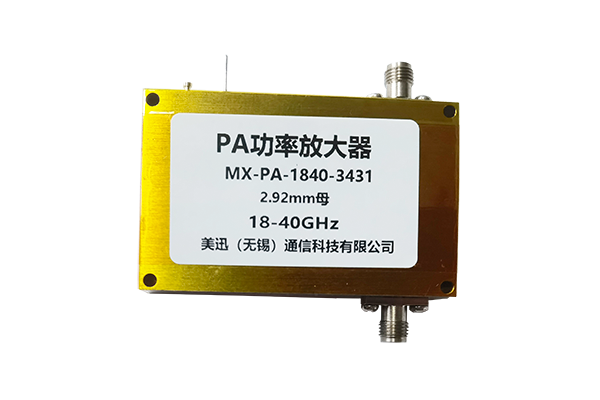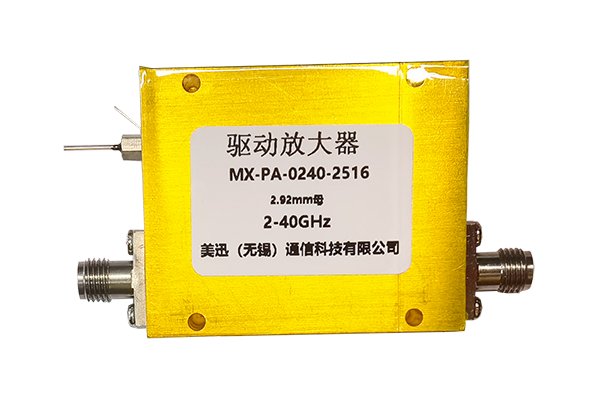How to Prevent PA Amplifier Overload
PA Amplifier Protection Guide
Essential practices to prevent overload and ensure optimal performance
1. Ensure Power Matching
- Avoid Overload Risks at the Source
- One of the core causes of PA amplifier overload is power mismatch
- Matching must be done during the equipment pairing stage
- Choose an amplifier whose power matches the speaker's power
- Ensure the amplifier's output capability matches the speaker's carrying capacity
- Avoid the amplifier's power exceeding the speaker's limit
- Plan the number of speakers reasonably according to sound coverage requirements
- Avoid blindly increasing the load to prevent total power demand from exceeding the PA amplifier's rated output range
2. Standardize Operating Procedures
- Reduce Overload Caused by Human Operation
- Improper operation during daily use can easily lead to PA amplifier overload
- Standard procedures must be followed
- When powering on, turn on the source device first
- Only start the amplifier after the source signal has stabilized
- When adjusting volume, first turn the amplifier volume to the lowest setting
- Gradually increase the source device's volume, then fine-tune the amplifier volume
- Avoid sudden high-volume impact on the device
3. Utilize Protection Functions
- Most PA amplifiers are equipped with overload protection functions
- Familiarize yourself with and use these functions appropriately
- Before use, consult the instruction manual
- Understand the triggering conditions and response methods of overload protection
- Ensure the protection function is properly activated
- Some devices have overload indicator lights
- When the indicator light illuminates, immediately reduce volume or stop use
- Wait until the device returns to normal before resuming operation
- Forcing use may cause the protection function to fail or damage the device
4. Real-Time Monitoring
- Monitor the PA amplifier's operating status in real-time
- Detect overload signs early
- Pay attention to the sound during operation
- If there is distortion or noticeable noise, it may be a sign of overload
- Reduce the volume or check the source signal immediately
- Observe the device's temperature
- If it becomes abnormally hot, stop use and investigate the cause
- Prevent overload malfunctions caused by prolonged high temperatures
- Ensure the device operates in a stable state

